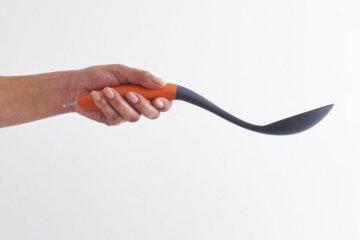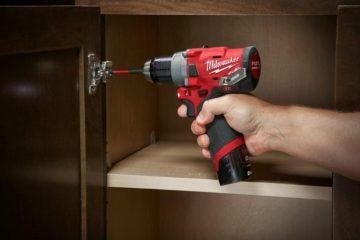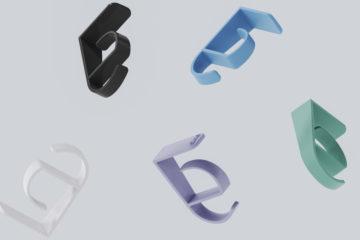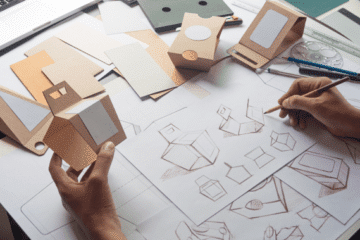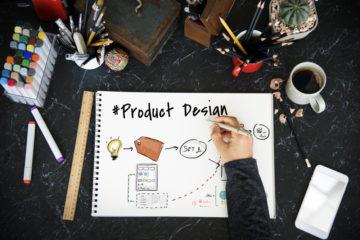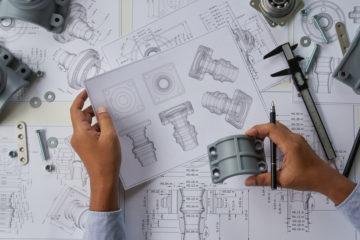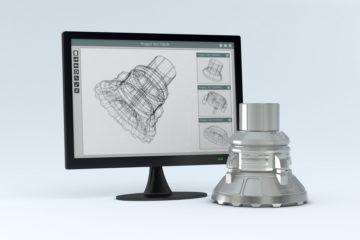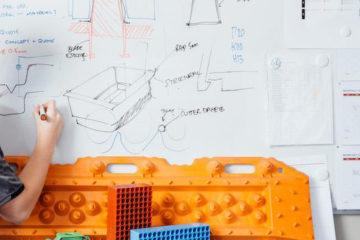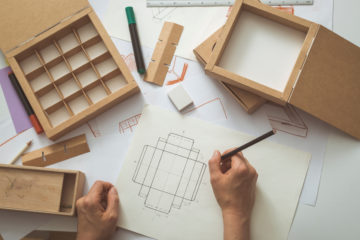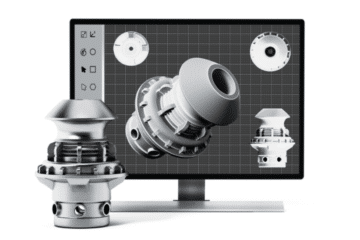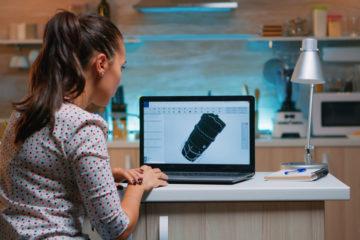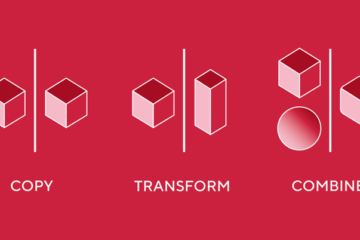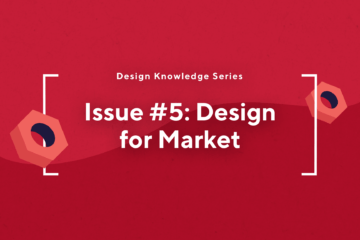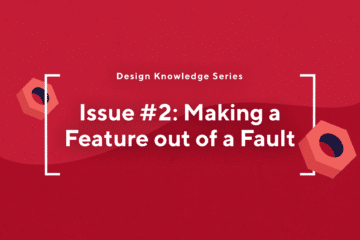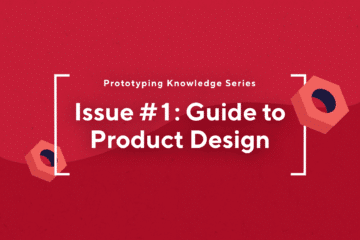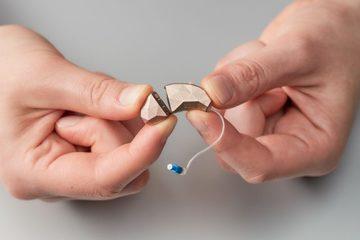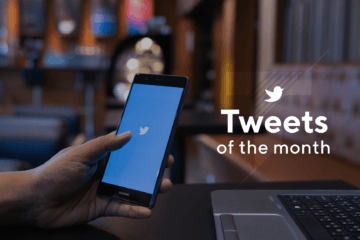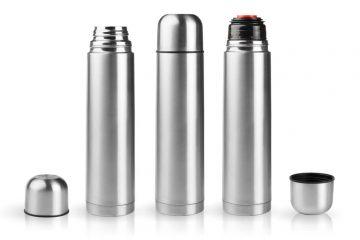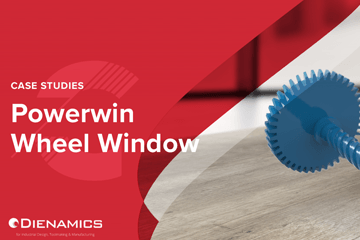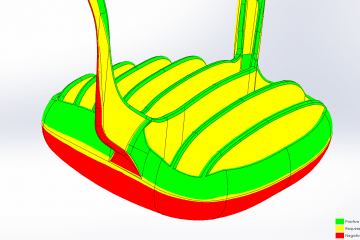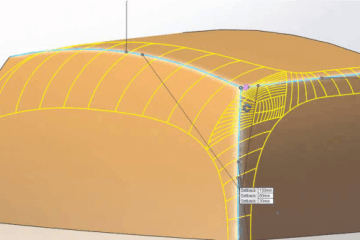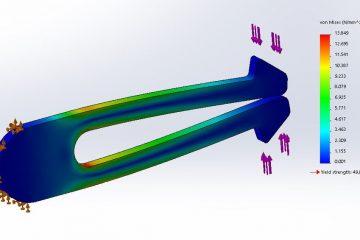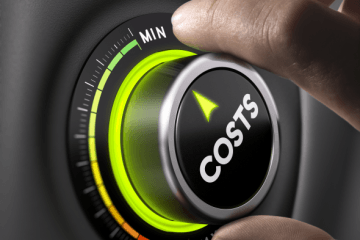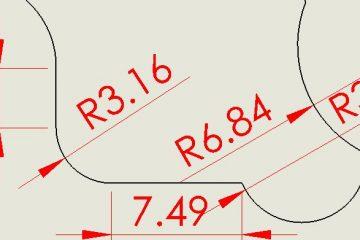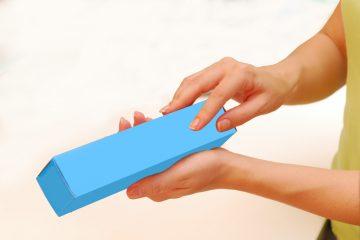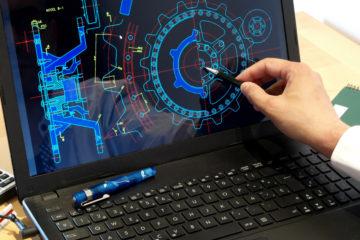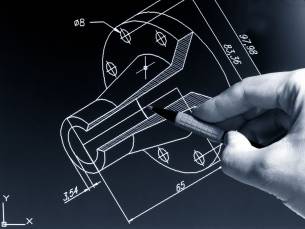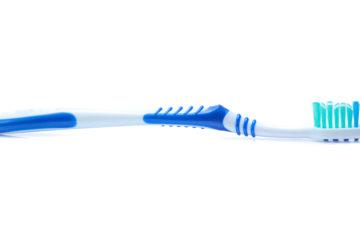
If you’re a product designer, you’ll know how important the issue of sustainability is becoming in the design industry.
Whether you’re a freelance designer, working in a big design firm, or running your own company selling products, you’ll know that designing eco-friendly and sustainable products has become a top priority for the industry, largely driven by shifting consumer awareness of their person impact. Sustainability has become “cool”.
Sustainable product design not only benefits the environment but also appeals to conscious consumers who prioritise ethical and environmentally friendly choices. A growing number of consumers now don’t even look for non-sustainable options and are willing to pay more for an option that they are comfortable with. This consumer mental shift has been reflected in big brands as well. Historically only select major brands (think of Patagonia, Afends) held their niche as sustainable brands. Now, almost all brands have taken notice and are taking large steps to be able to tell consumers that they are a sustainable choice.
If you’re looking to make a positive impact through your product designs and appeal to the many eco-conscious consumers out there, here are six strategies to help you design more sustainable products.
1. Think About your Product’s Life Cycle
Before we start, a good way to get an overview on where to put your effort into making your product sustainable is to look at your product’s entire life cycle. Your product’s life cycle starts from the extraction of raw materials, includes the development, design, and manufacturing stages, the product’s usable life, and then finishes with disposal or recycling. Thinking about every stage of this life cycle will help you to analyse the environmental impact and find ways to minimise it. Take a look at factors such as:
- Energy consumption during production
- Transportation emissions
- Product longevity
- Servicing and part replacement
- End-of-life disposal
- Disassembly and recyclability
By looking at each phase, you can reduce the overall environmental footprint of your product. For example, you can design your product to be easy to disassemble and recycle, making it easier for consumers to dispose of it properly.
2. Use Recycled and Renewable Materials
One of the most effective ways to design sustainable products is by utilising recycled and renewable materials. Instead of relying solely on new materials, consider incorporating recycled materials into your product design. Many plastic materials allow for recycled plastic material to be mixed in with raw plastic material in plastics moulding processes, which reduces the demand for new resources and minimises waste.
Another option is to use renewable materials such as bamboo, cork, or organic cotton, which have a lower environmental impact compared to conventional alternatives. These can be used for your whole product or simply in place of certain features of your product, with the added benefit of giving a natural feel to your product.
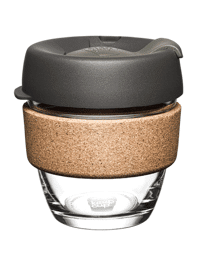
Figure 1 – The classic Keep Cup uses a mixture of glass (recyclable, cork (renewable), and polypropylene (recyclable and able to incorporate recycled plastics)
3. Make It Easier for Consumers to Recycle
It’s all well and good if your product is recyclable – but is it easy to recycle? Think about what your consumer must do to recycle their product, and what local resources they have to recycle where they live.
Ask yourself:
- Can the recyclable components in your product be easily separated and recycled?
- Is it obvious what can be recycled or not?
- Can these products be recycled in the home recycling bin, or do they require being taken somewhere else?
4. Increase Product Longevity by Embracing Durability and Serviceability
Another way to make your products more sustainable is to increase their longevity. Design products that are functional, long-lasting, serviceable, and timeless in their appeal.
Encourage users to invest in quality products that are designed to withstand wear and tear, reducing the need for frequent replacements. For example, an expensive, durable and repairable shoe may last 5 times as much as a cheap alternative from the budget store. Even if the cost per use is the same, buying the more expensive and durable shoe is 4 times more sustainable.
Are there any components in your product that may wear or break over time? Can you modify these to last longer? If not, is it easy for consumers to replace these parts, or can they be taken to a 3rd party to be fixed? Whilst it can be tempting to urge consumers to purchase an entire new unit when even a small part breaks, it threatens your brand image and the consumer’s trust in your product, potentially leading to them seeking out alternative options. By offering replacement parts and making your products easy to fix, your consumers are more likely to forge a strong, long-term relat02ionship with your brand and are more likely to share of their positive experiences with friends, increasing your brand image.
By focusing on durability and serviceability, you can reduce waste, conserve resources, increase and promote a more sustainable consumption pattern in consumers whilst also raising long-term consumer-brand loyalty.
5. Consider Packaging and Transportation
Sustainable product design extends beyond the product itself. It also includes packaging and transportation considerations. Optimise packaging materials to minimise waste and choose eco-friendly options, such as biodegradable or recyclable packaging materials such as recycled paper products. Additionally, explore ways to reduce the overall size and weight of your product, as this can lead to lower transportation emissions with the added benefit of reducing your shipping costs. By designing packaging and transportation with sustainability in mind, you can significantly reduce the environmental impact associated with your product.
6. Focus on Energy Efficiency
Any way to make your products eco-friendly, then you’ll need to focus on its energy efficiency. Aim to minimise energy consumption throughout the product’s life cycle, from manufacturing to usage. When you’re designing your product, try to ensure that it uses energy-efficient components and systems, and explore alternative energy sources such as solar, hydro or wind power. By prioritising energy efficiency, you not only reduce the environmental impact but also provide cost savings to consumers in the long run.
Summing Up
Sustainable product design is the future of the industrial design industry. Through using recycled or renewable materials, focusing on energy efficiency, embracing minimalism, and considering your product’s whole life cycle, you can create products that are more environmentally friendly. Creating more eco-friendly products will help to impress your customers and give you a competitive edge.
Looking to get your product designed?
At Dienamics, we have over 35 years of experience in industrial design, product design, tool making and manufacturing in Brisbane. We offer specialised design services to help you take your concept from an idea to a reality.
Subscribe to Our Newsletter
Get the latest news from Dienamics into your inbox







